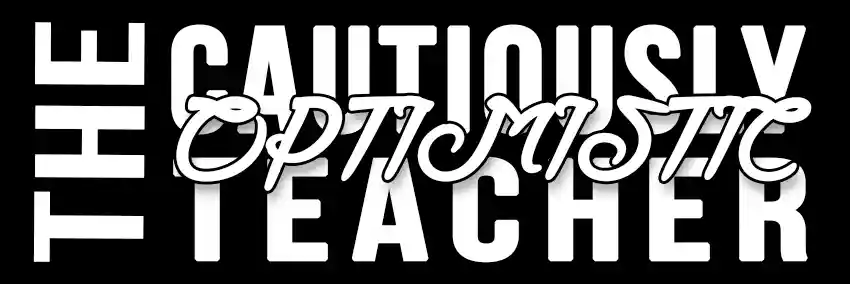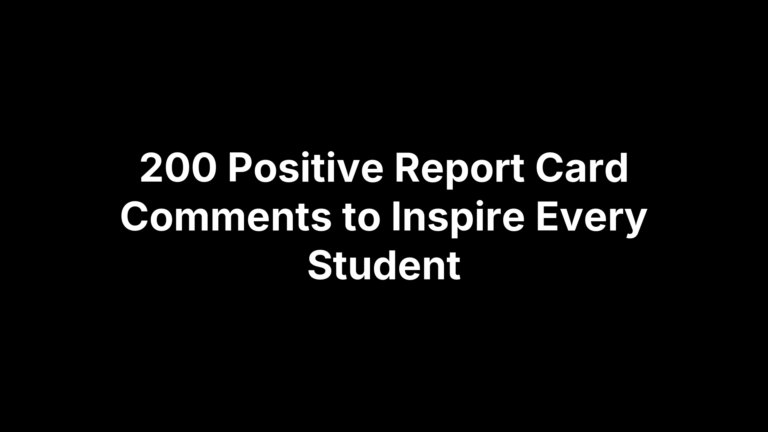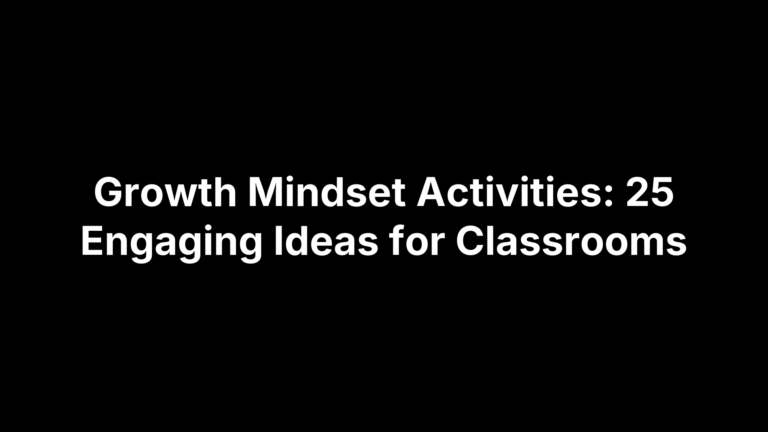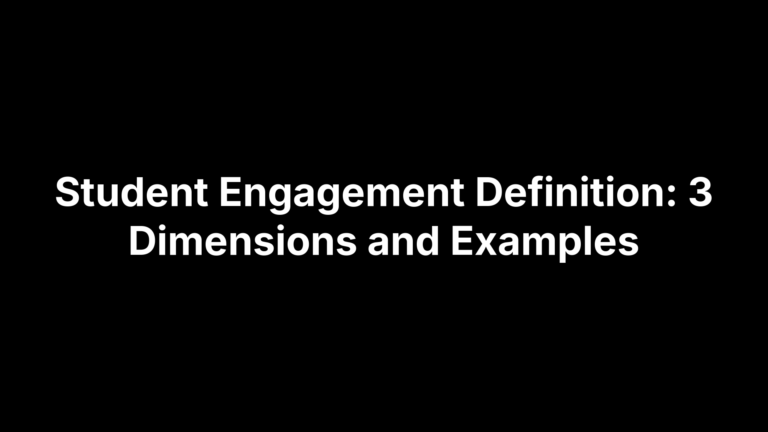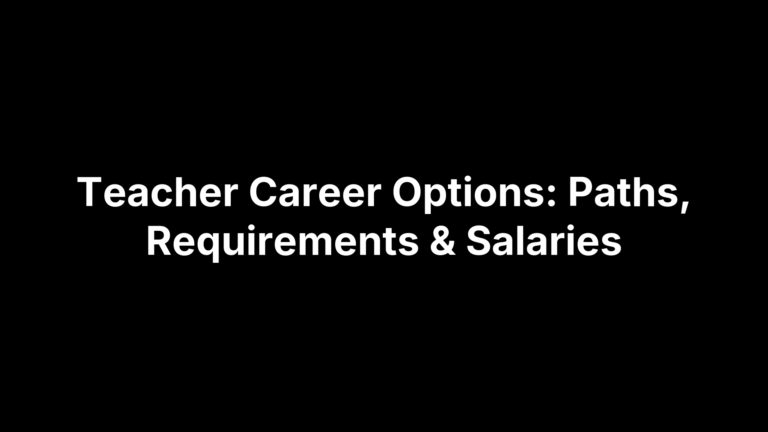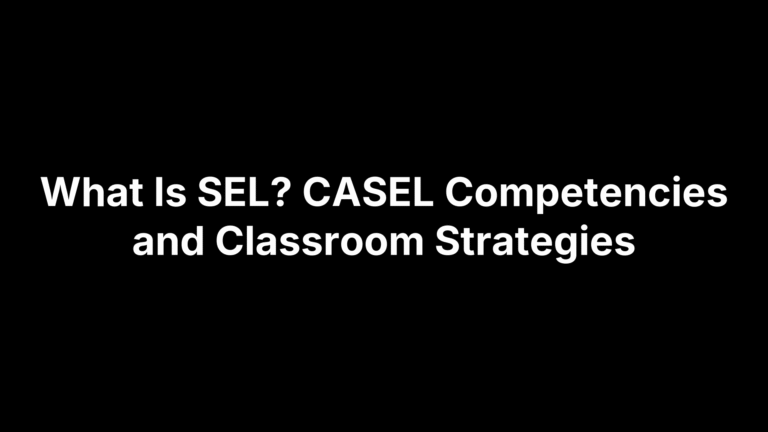Using Adversarial Growth to Become a Happier Teacher
Teaching can be one of the most rewarding professions in the world, but let’s be honest—it’s also one of the most challenging. The constant juggling of lesson planning, grading, parent-teacher conferences, and adapting to ever-changing educational policies can feel like running an uphill marathon. And then there’s the emotional toll of helping students through their own struggles. I’ve been in the classroom for 20 years, and if there’s one thing I’ve learned, it’s that adversity is unavoidable in this job. However, what I’ve also come to realize is that adversity can be one of our greatest teachers if we let it.
That’s where the concept of adversarial growth comes in. Adversarial growth is the idea that personal development and happiness can actually stem from challenging experiences. In essence, when we face difficulties head-on, we can emerge stronger, more resilient, and yes, even happier. I know it sounds counterintuitive—how can struggle lead to happiness in teaching? But I’ve experienced it firsthand, and today I want to share how embracing adversarial growth has transformed not just my career, but also my outlook on life.
The Hidden Opportunities in Adversity

I remember my first year of teaching vividly. I was fresh out of teacher’s college, full of energy and optimism. I thought I had everything figured out—until reality hit. Classroom management was a nightmare, I struggled to keep up with the curriculum, and more often than not, I felt like I was drowning. The hardest part was seeing students who didn’t seem to care, no matter how hard I tried. By the end of that year, I questioned whether I was even cut out for teaching.
It wasn’t until I came across the concept of adversarial growth that things started to shift. I began to realize that adversity wasn’t something to be feared or avoided, but embraced. Every challenge presented an opportunity for growth, both for me and my students. Once I reframed my thinking, I saw setbacks as stepping stones toward becoming a more effective and compassionate teacher.
This shift in mindset didn’t happen overnight, but it was a game-changer. The next time I faced a tough situation—like dealing with a difficult parent or feeling like I wasn’t reaching a student—I reminded myself that growth doesn’t come from the easy moments. It comes from pushing through the hard ones.
Building Resilience Through Reflection
One of the key components of adversarial growth is reflection. As teachers, we’re constantly reflecting on our students’ progress, but how often do we take the time to reflect on our own? I’ve found that journaling at the end of each day helps me process the challenges I’ve faced. Rather than focusing on what went wrong, I ask myself, “What did I learn from this experience? How can I use this to improve tomorrow?”
I’m not sugarcoating difficulties or pretending they don’t exist. I acknowledge that adversity is a natural part of the teaching journey and understand that each challenge provides valuable insights. Over time, this practice has helped me build resilience, and that resilience has been the foundation of my happiness in teaching.
Transforming Struggles into Growth
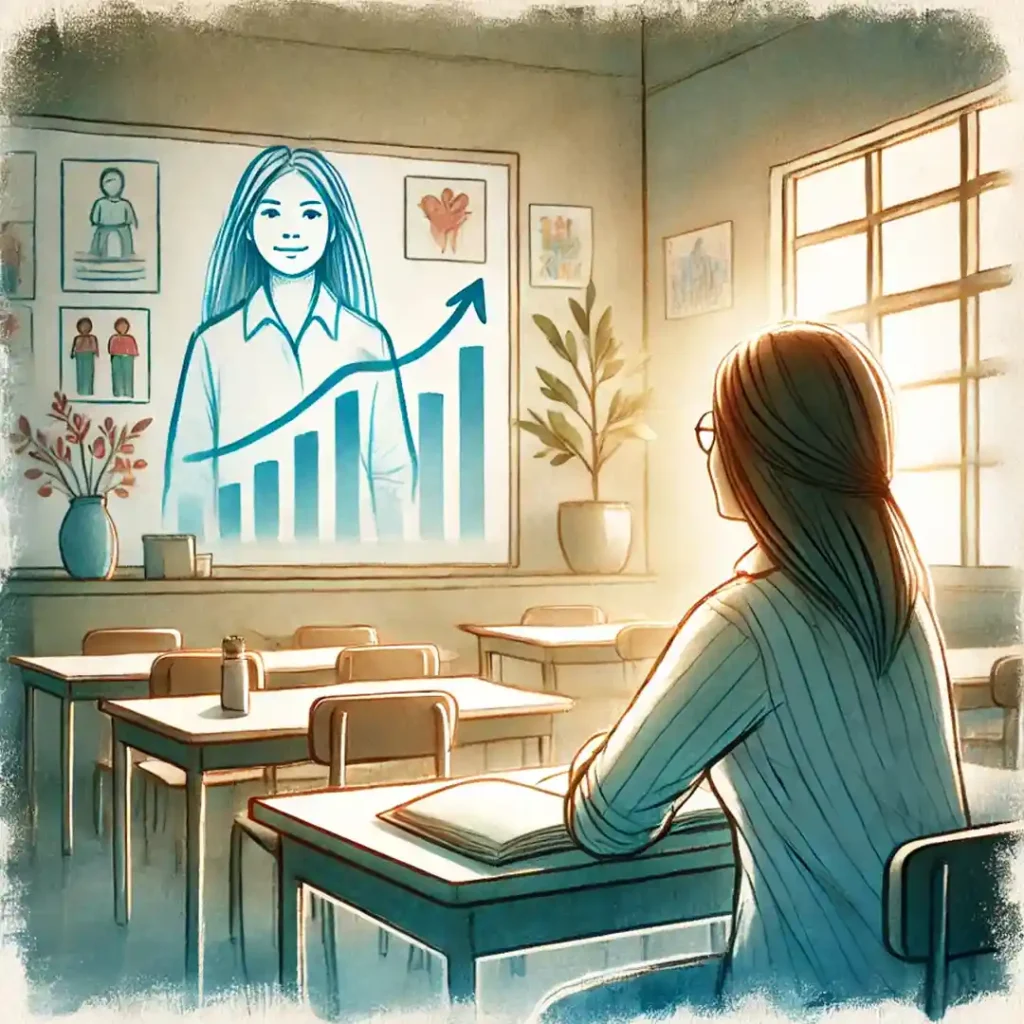
Let me give you an example of how adversarial growth played out for me in a real-life situation. A few years ago, I had a class that, for lack of a better term, was my nightmare. The students were disengaged, disruptive, and frankly, it felt like no amount of creativity or effort on my part was making a difference. I’d never felt so defeated as a teacher.
At one point, I even considered transferring schools, thinking that maybe a fresh start was what I needed. But instead, I decided to lean into the adversity and use it as a catalyst for growth. I sat down and reflected on what I could do differently. Rather than viewing these students as problems to be solved, I began to see them as individuals with unique challenges of their own. Slowly, I shifted my approach—more patience, more one-on-one time, and more creative ways to engage them.
It didn’t happen overnight, but little by little, I saw a transformation in both my students and myself. By the end of the year, I wasn’t just surviving that class—I was thriving. And in the process, I discovered a deep well of happiness in teaching that I hadn’t known existed.
Shifting the Focus from Results to Relationships
One of the biggest lessons I’ve learned from adversarial growth is that happiness in teaching doesn’t come from perfect results or smooth-sailing classes. It comes from the relationships we build and the lives we touch along the way. Adversity often reveals what truly matters—connection, empathy, and resilience.
I’ve stopped trying to be the “perfect” teacher. Instead, I focus on being the best version of myself that I can be for my students. Some days that means getting through all the material on my lesson plan; other days it means sitting with a student who’s struggling and just listening. Either way, I know that the moments of difficulty are where the real growth happens—for both my students and me.
Finding Purpose in the Process
Another aspect of adversarial growth is finding purpose in the process. Teaching is a long game, and if we’re only focused on short-term successes, we’re bound to feel discouraged. I’ve come to realize that the true joy of teaching lies not in the immediate outcomes but in the lifelong impact we have on our students.
Some of the most difficult students I’ve ever had are the ones who have come back years later to thank me for believing in them when no one else did. Those are the moments that remind me why I became a teacher in the first place. The adversity I faced with them wasn’t a roadblock—it was part of the journey that ultimately led to something beautiful.
The Power of a Positive Mindset
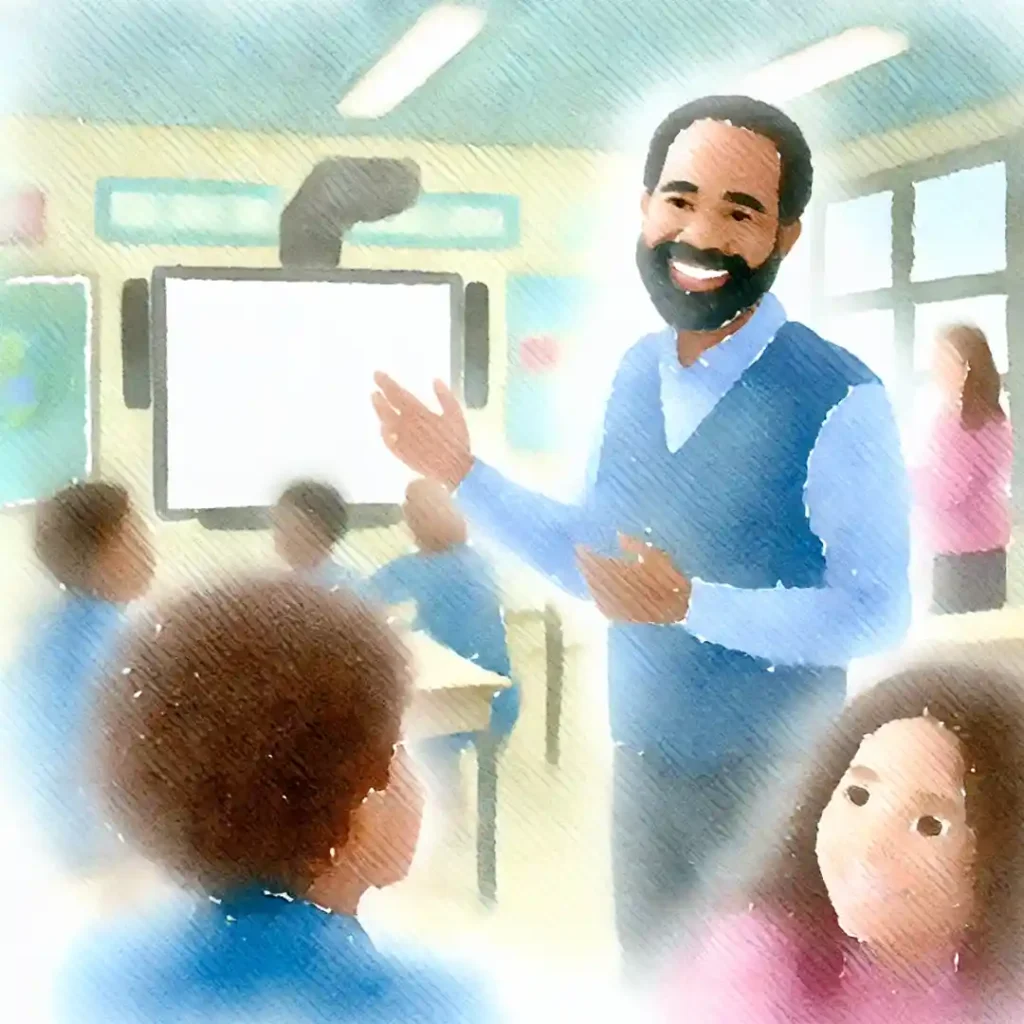
At the heart of adversarial growth is the power of a positive mindset. It’s essential to choose to see the potential for growth in every situation. When we adopt this mindset, we become more resilient, more adaptable, and ultimately, happier teachers.
I’ve found that one of the best ways to cultivate this mindset is through gratitude. At the end of each day, I take a moment to reflect on something I’m grateful for. Some days it’s a small victory in the classroom; other days it’s just making it through a particularly rough day. But that practice of focusing on the positive helps me maintain perspective and keeps me grounded in the joy of teaching.
Embracing Adversarial Growth
In the end, embracing adversarial growth has been the key to finding happiness in teaching for me. It’s not always easy, and there are still days when I feel overwhelmed. But I’ve learned to see those challenges as opportunities for growth, not obstacles to my happiness.
If there’s one piece of advice I can offer to other teachers, it’s this: don’t shy away from adversity. Lean into it, reflect on it, and allow it to shape you into the teacher you’re meant to be. To find happiness in teaching, don’t avoid difficulties; grow through them.
So, the next time you find yourself in a tough spot, remember that it’s not just a challenge—it’s an opportunity. And through that opportunity, you can find a deeper sense of happiness in your teaching journey.
